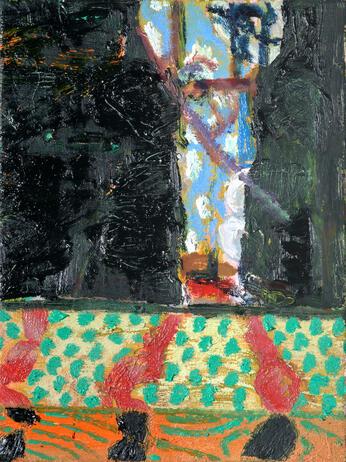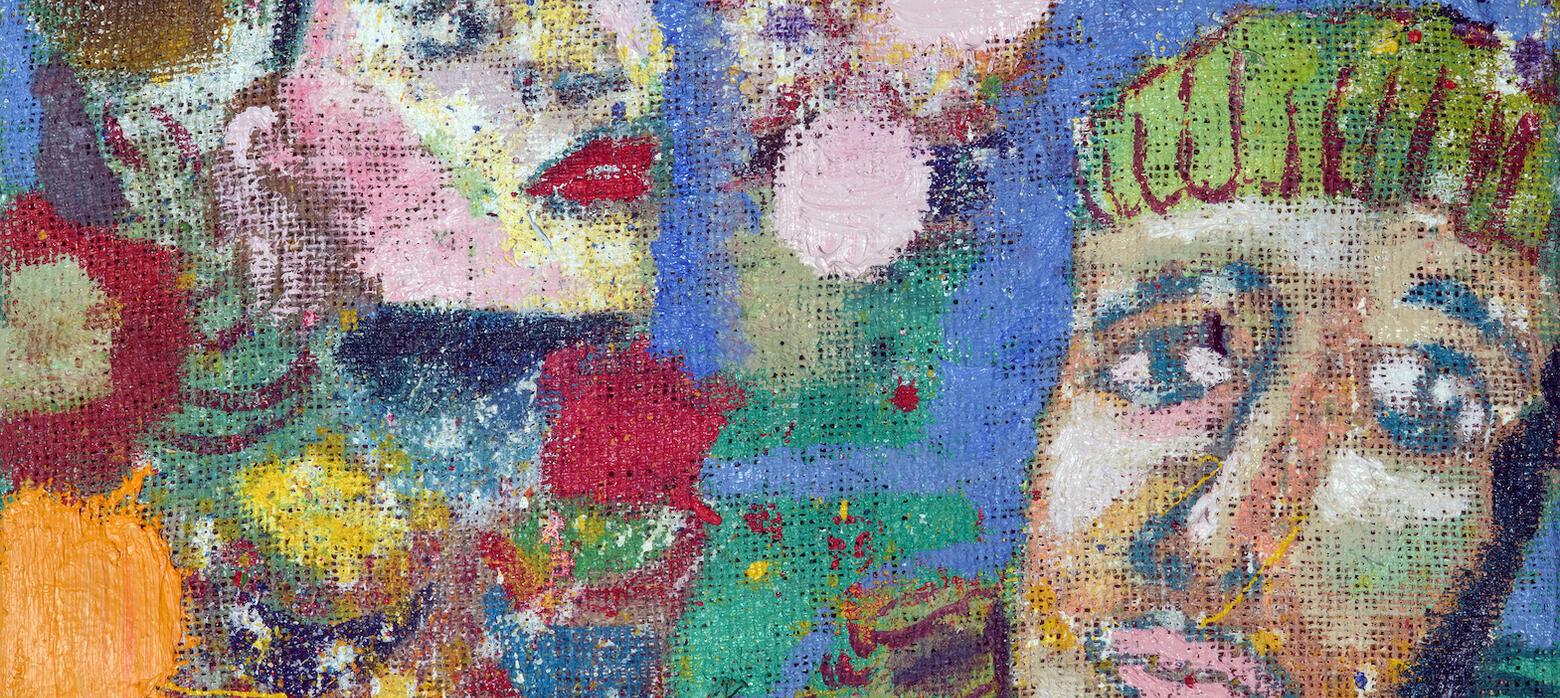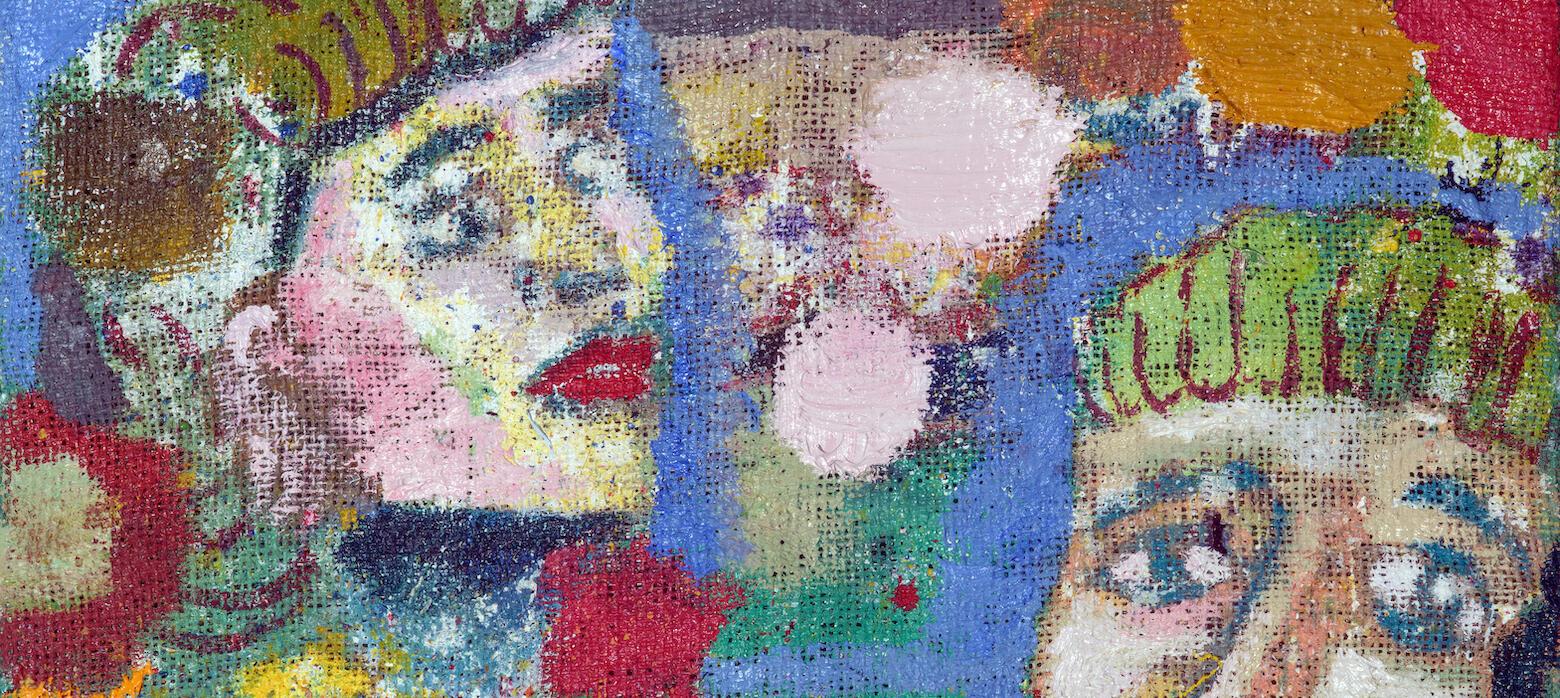The Missing Act: An Exhibition by Max Gimson
The Missing Act: An Exhibition by Max Gimson
Open at Derby Museum & Art Gallery is The Missing Act, an exhibition of work created by Max Gimson, the ninth winner of the Jonathan Vickers Fine Art Award, in response to the people, culture, heritage and landscape of Derbyshire.
The exhibition runs at Derby Museum and Art Gallery until 23 February, before moving to Mall Galleries from 10 to 15 March.
Rachael Grime, Chief Executive of Foundation Derbyshire, says:
As the Jonathan Vickers Fine Art Award celebrates its 25th year, it does so as one of the largest art prizes in the UK and a shining example of just how creative community foundations can be, when helping donors to deliver their philanthropic objectives.
Our story began when the executors of the late Jonathan Vickers’ estate asked Foundation Derbyshire (the community foundation for Derbyshire), to create an Art Award, as a fitting way to commemorate Jonathan’s life and also his love of fine and decorative art.
A quarter of a century later and Max Gimson is the ninth emerging artist to have taken on the Vickers’ mantle, creating a beautiful collection in response to the cultural heritage of our county.
Max’s unlikely muse has been Derby Hippodrome, a large Grade II listed variety theatre that, from 1914 until 1959, showcased performances from international stars such as Gracie Fields, George Formby, Morecambe and Wise, Bela Lugosi, Tommy Cooper and Shirley Bassey but now stands partially demolished and derelict.
Inspired by the programmes, stills and posters from the Hippodrome’s golden age, Max has created a body of work that, like the theatrical world it reflects, is a spectacle; a riot of colour and caricature that entertains, uplifts, intrigues, challenges and, at times, disturbs.

Commentary by Max Gimson:
The derelict Derby Hippodrome has been the location that I’ve been thinking about in the studio. Walking up Green Lane from town I noticed how imposing the building is, the vacant rooms, the boarded up entrance, the weeds growing from faded, colourful signage. I would walk past the car park on Crompton Street and look over the wooden boards into the wreckage of where the stage used to be and think of the things that occurred there; events soaked into the bricks and rubble like the 1972 BBC Two film ‘The Stone Tape.’ A hacking cough from a man in an audience, or the mild panic of a performer misplacing a wig, maybe Bela Lugosi sitting backstage reading a mediocre review in a newspaper, or Joan Regan applying too much make-up and appearing a bit more menacing than intended.
Between 2012-2015 I used to make paintings of interiors with objects and amorphous bin bags, I would think about them as sets for some kind of drama. Wooden floor boards, walls, fireplaces and things moving through the spaces. In a way, the paintings in ‘The Missing Act’ have been an examination of this earlier way of thinking. Viewing the canvasses as sets for comedies and tragedies to play out.
Old theatre programmes, archive photographs, and passages of writing have informed certain figurative elements in the paintings but much like a performer learning lines, there’s a distance between the lines and how they are delivered. Ideas and images float around while I’m painting but there’s a level of unconsciousness that I’m trying to get to where I’m applying paint in a rhythmic or intuitive way, things go wrong over and over again, mistakes are made, almost willed on, then at the end of it the paintings need to feel like they have some strange autonomy, like they’re out of my control. The paintings are figurative but I think about them more as sets of relationships between space, colour, texture and form.
‘The Missing Act’ is in reference to passages being omitted from a story or a play but it’s also that moment during the painting process when thought and intention go out the window, steps taken that I can’t retrace. The paintings in the exhibition aren’t necessarily about accuracy, they’re intended to evoke the atmosphere of a location.


